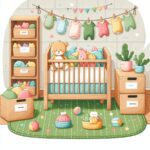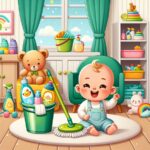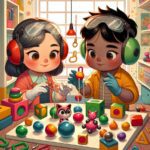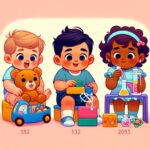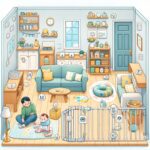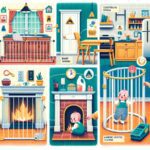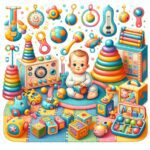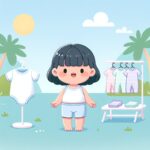Choosing non-toxic toys for infants and toddlers is an essential step in providing a safe and healthy environment for our little ones to grow and explore. With countless options available, selecting the right toys that are safe, engaging, and educational can be overwhelming for parents and caregivers. This guide aims to simplify the process, offering valuable insights into identifying non-toxic toys that will not only entertain but also contribute to the developmental milestones of infants and toddlers.
Understanding the Importance of Non-Toxic Toys
Toys are not just tools for entertainment; they play a crucial role in the development of infants and toddlers. The materials and substances used in their manufacture can significantly impact their safety. Non-toxic toys are made from materials that do not contain harmful chemicals or substances that could pose health risks to children. These risks can range from immediate allergic reactions to long-term health issues, including developmental delays and more serious conditions.
Furthermore, infants and toddlers are at a stage where they explore the world around them through their senses, including taste. They tend to put toys in their mouths, increasing the risk of exposure to toxic substances found in some toys. This makes choosing non-toxic toys for infants and toddlers not just a preference but a necessity.
Choosing Non-Toxic Toys for Infants and Toddlers
When selecting non-toxic toys for infants and toddlers, the first step is to look for certifications and labels that indicate the toy is free from harmful chemicals. Certifications such as the Consumer Product Safety Commission (CPSC) in the United States or the CE mark in Europe are good indicators of safety. Additionally, looking for toys made from natural materials like wood, organic cotton, or food-grade silicone can further ensure that the toys are safe for your child.
It’s also important to research the manufacturer and their reputation for producing safe toys. Reading reviews from other parents and checking for any recalls or safety notices can provide additional peace of mind. For more detailed guidelines on safe materials and products for your nursery, consider reading Creating a Non-Toxic Nursery: Safe Materials and Products.
Top Tips for Identifying Safe Toys
Here are some top tips for identifying safe, non-toxic toys for your infant or toddler:
- Look for toys made from natural materials, such as untreated wood, organic textiles, or food-grade silicone.
- Check for certifications and safety marks that attest to the toy’s compliance with safety standards.
- Avoid toys with small parts or accessories that could pose choking hazards, especially for infants and younger toddlers. For more information on preventing choking hazards, see Preventing Choking Hazards: Safe Foods for Infants and Toddlers.
- Consider the age appropriateness of the toy, ensuring it matches your child’s developmental stage.
- Read the labels and packaging for any warning signs or age recommendations.
In addition to choosing safe toys, it’s equally important to regularly clean and inspect them for wear and tear. Broken toys or those with peeling paint should be removed from play to prevent risks of ingestion or injury. For tips on toy maintenance and creating a safe play environment, you might find How to Create a Safe Play Environment for Toddlers Outdoors useful.
In conclusion, choosing non-toxic toys for infants and toddlers is a vital aspect of ensuring their safety and supporting their development. By being informed and vigilant about the types of toys you select, you can create a play environment that is both fun and safe for your little ones. Remember, the best toy is not only the one that entertains but also the one that does so safely.
For more guidance on child safety and wellness, explore our resources on topics such as Safe Sleep Practices to Reduce the Risk of SIDS, Choosing the Safest Baby Car Seats for Newborns, and Minimizing Exposure to Air Pollution for Babies and Toddlers.


